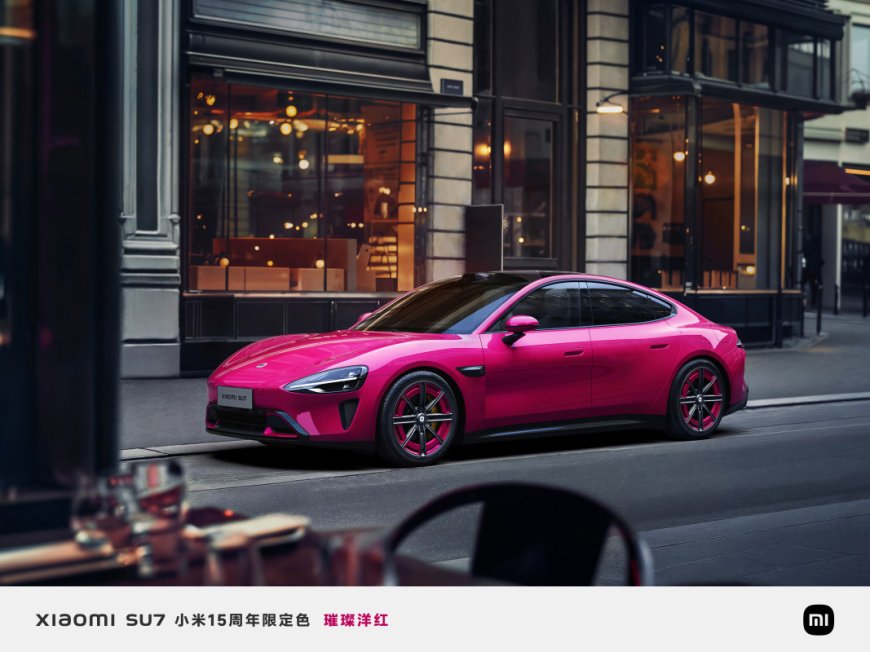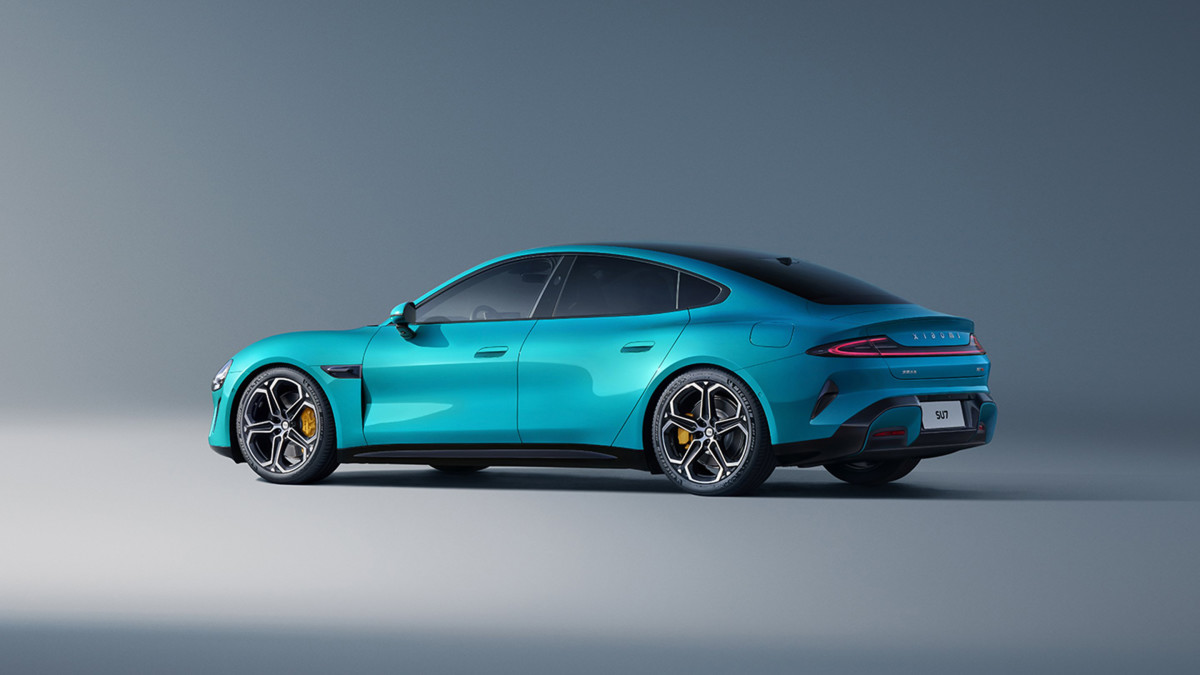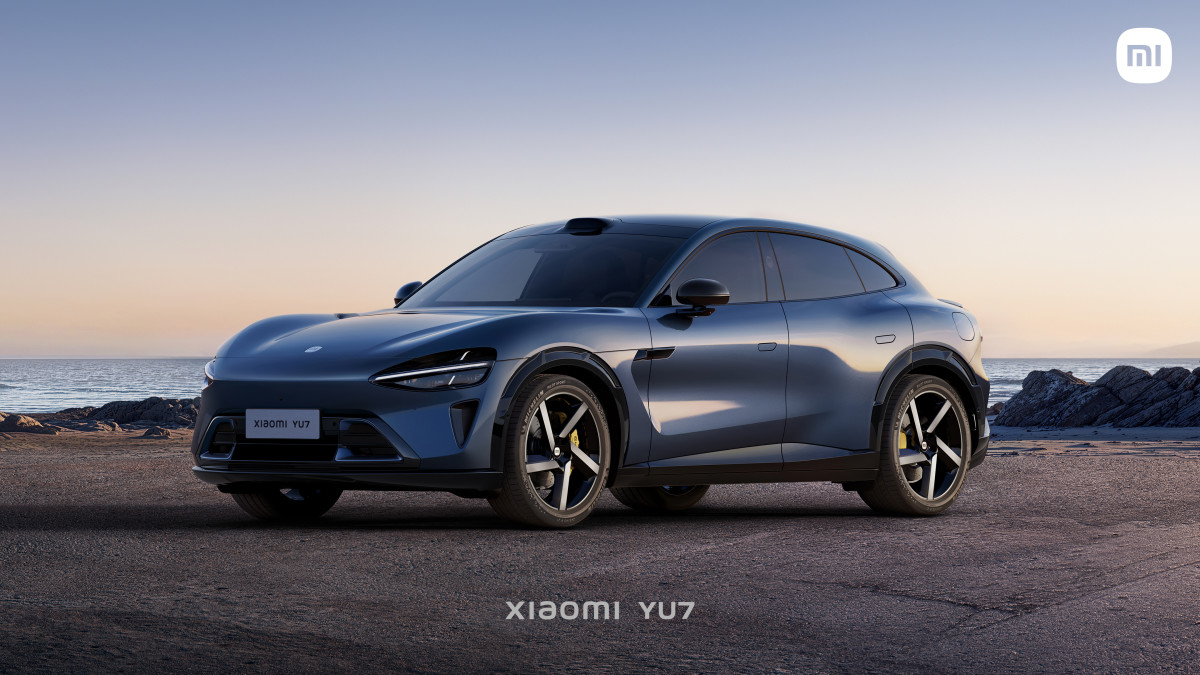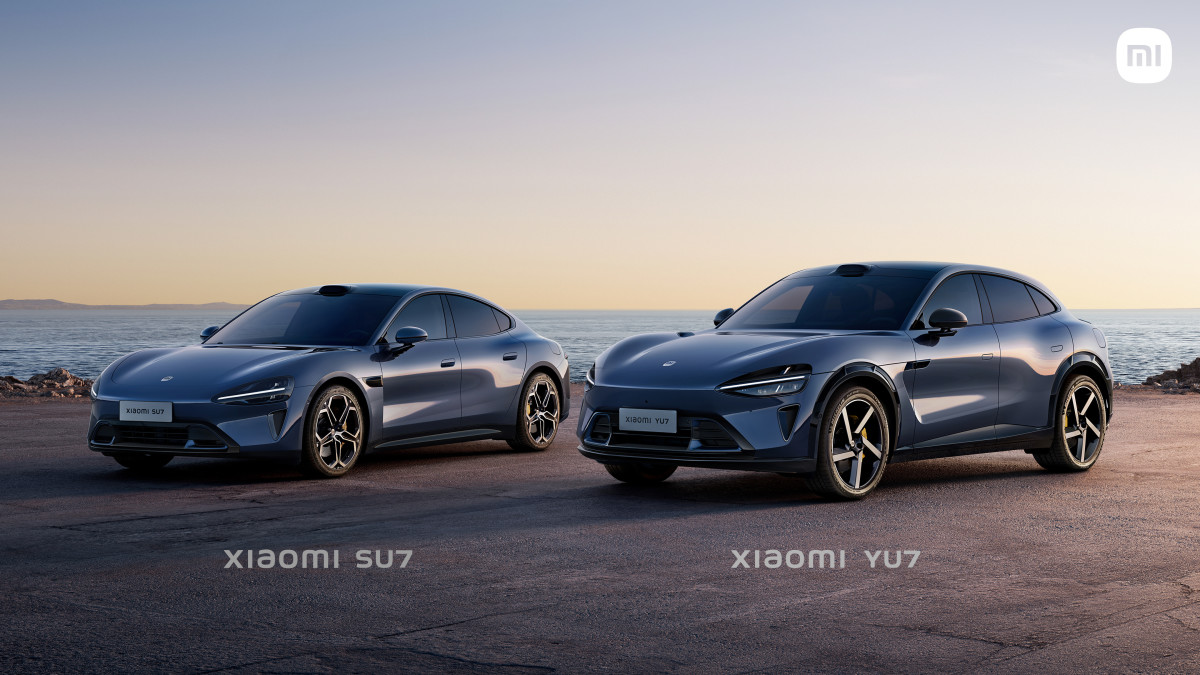Xiaomi shatters sales expectations and doubles down for 2025
Xiaomi Automotive may be the new kid on the block, but they're making a massive splash in China's EV segment.

BYD has been making headlines left and right, but they aren’t the only Chinese automaker taking over the electric vehicle segment. Xiaomi exceeded its sales goal in 2024 with only one vehicle on its roster, and with 2025 underway, the Chinese automotive manufacturer is raising the bar to an unexpected level.
Related: The world has mixed views on Tesla Xiaomi
Xiaomi exceeded its sales target in 2024
Although still in its infancy with just three years of history in the automotive industry, Xiaomi broke onto the EV scene in spectacular fashion. The Chinese manufacturer announced its first vehicle, the SU7, in late 2023 and immediately received more than 50,000 orders in less than half an hour. Xiaomi
Prior to launch, Xiaomi aimed to sell 60,000 units in 2024, but demand never wavered. After the SU7’s official launch in March 2024, the Chinese automaker announced it had built 10,000 examples in about a month. Still, demand kept up, and Xiaomi announced it had completed its bolstered production lines.
In November, Lei Jun, founder of Xiaomi, announced sales exceeded 100,000 models, and 120,000 sales were within reason. By the end of the year, Jun stated sales had exceeded 135,000 models, more than double the original sales target and with only nine months on the market. Xiaomi
Related: Tesla's Summon feature in hot water again
Xiaomi aims to double its 2024 sale in 2025
With a successful 2024 behind them, Xiaomi is setting a sales goal of 300,000 deliveries in 2025. That’s more than double its 2024 sales and five times the original 2024 sales target.
To meet its 2025 sales goal, Xiaomi will bring the second phase of its manufacturing facility online by mid-June 2025. So far, only the first construction phase has been needed to meet the company’s sales goals. 2025 Xiaomi YU7
By implementing the second phase of construction, Xiaomi should be on track to meet its 300,000-model sales target. While the SU7 is certainly popular, Xiaomi isn’t putting all its eggs into one car, so to speak. The Xiaomi YU7 SUV is expected to launch in China sometime this summer as a direct rival to the Tesla Model Y.
A regulatory filing has made some of the YU7’s specs available. The SUV weighs 5,302 lbs. and has a wheelbase measuring roughly 118 inches. It will feature a Lithium-ion ternary battery from CATL. The battery capacity and range, as well as the electric SUV’s performance numbers, are unknown at this time.
The SU7 sport sedan currently comes in two trim levels, Standard and Max, with ranges of 435 and 503 miles, respectively. The Max model boasts a 101 kWh battery pack, so it isn’t out of the question to expect something similar in the upcoming YU7 SUV.
Related: Dodge Charger EV burnouts could be exclusive to pricey SRT models
Xiaomi aims to become a top 5 automaker globally
More than doubling your sales target in just nine months is an impressive feat, but planning on more than doubling the previous year’s sales is insanity. With the second construction phase coming online and a new electric SUV hitting the Chinese market, however, Xiaomi is certainly set to beat the odds.
The Xiaomi SU7 has proven immensely popular, and as of November, there was a 21-week wait time for new orders. Currently, the model is only available in China, but Xiaomi is working on expanding into Europe. Notably, China is the top EV market in the world, with Europe coming in second.
Xiaomi has many plans for 2025. It’s working on launching the second phase of construction to bolster production, adding a second model to the lineup, and potentially expanding into a second market. At the unveiling of the SU7 sport sedan, CEO Lei Jun stated that he wanted Xiaomi to become a top-five automaker globally.
Final thoughts
Xiaomi has momentum going for it, and with the addition of a second model, this time an electric SUV, the Chinese automaker will appeal to yet another demographic. Exceeding your sales goal is one thing, but doubling it is another. I’ll be watching to see if Xiaomi stays on track to meet its lofty goal of 300,000 models as we progress through 2025.
Related: These British classics have a secret: The surprising truth beneath the badge











































